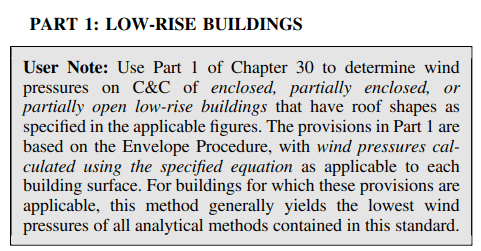In ASCE 7-22, partially open is included in those. My assumption is that they messed up and forgot to include it in ASCE 7-16.
My tin-foil hat opinion: Partially open was added simply because we aren't comfortable labeling buildings that are THAT "open" as "enclosed." Technically, "enclosed" or "partially enclosed" are just names applied to whether air that gets into (or doesn't get into) a building volume can escape or not. If it can get in, but not escape, it is "partially enclosed." If it can't get in (and therefore doesn't need to escape) it's "enclosed." However, if it's very open (but not "open") and the wind can get in and then get back out, that is technically "enclosed" even though it might just be a one walled building. Hence, we end up with Partially Open when really, it's just Enclosed.
This of course may very well change in the future and I'll be left here eating my hat.


